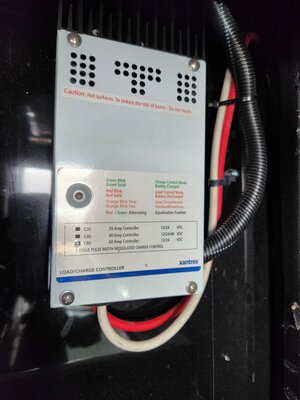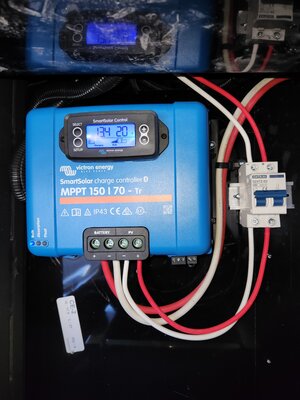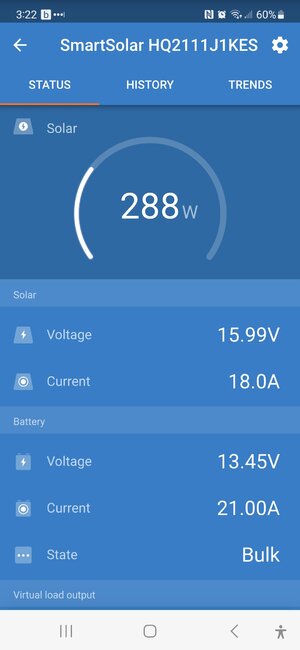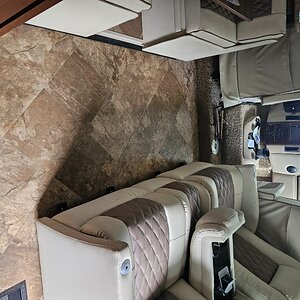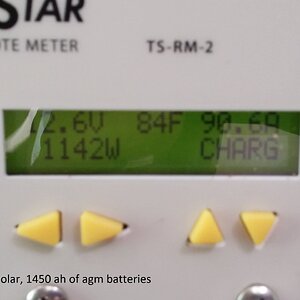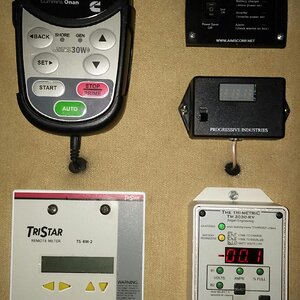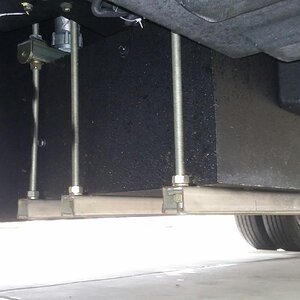Kevin D Pem
RVF 5K Club
- Joined
- Jul 29, 2020
- Messages
- 5,280
- Location
- AZ
- RV Year
- 1984
- RV Make
- Alpinelite
- RV Length
- 26'
- TOW/TOAD
- 2016 Ram 1500
- Fulltimer
- Yes
Really!!! I had pulled up the number and didn't want to believe what came up! But yes, it was correct. The dmv is wrong it should be pwm. This is definitely not a cccv charging power supply. It is the cheapest solar charge controller on the market. The lithium BMS sees the full voltage of the panel, chopped to average a 12v charging voltage. This controller needs a battery or capacitor to smooth the output voltage.
What this tells me is the company that installed it should not be risking their customers lives with dangerous lithium products.
Sorry for the rant but I'm being honest!!!
What this tells me is the company that installed it should not be risking their customers lives with dangerous lithium products.
Sorry for the rant but I'm being honest!!!
